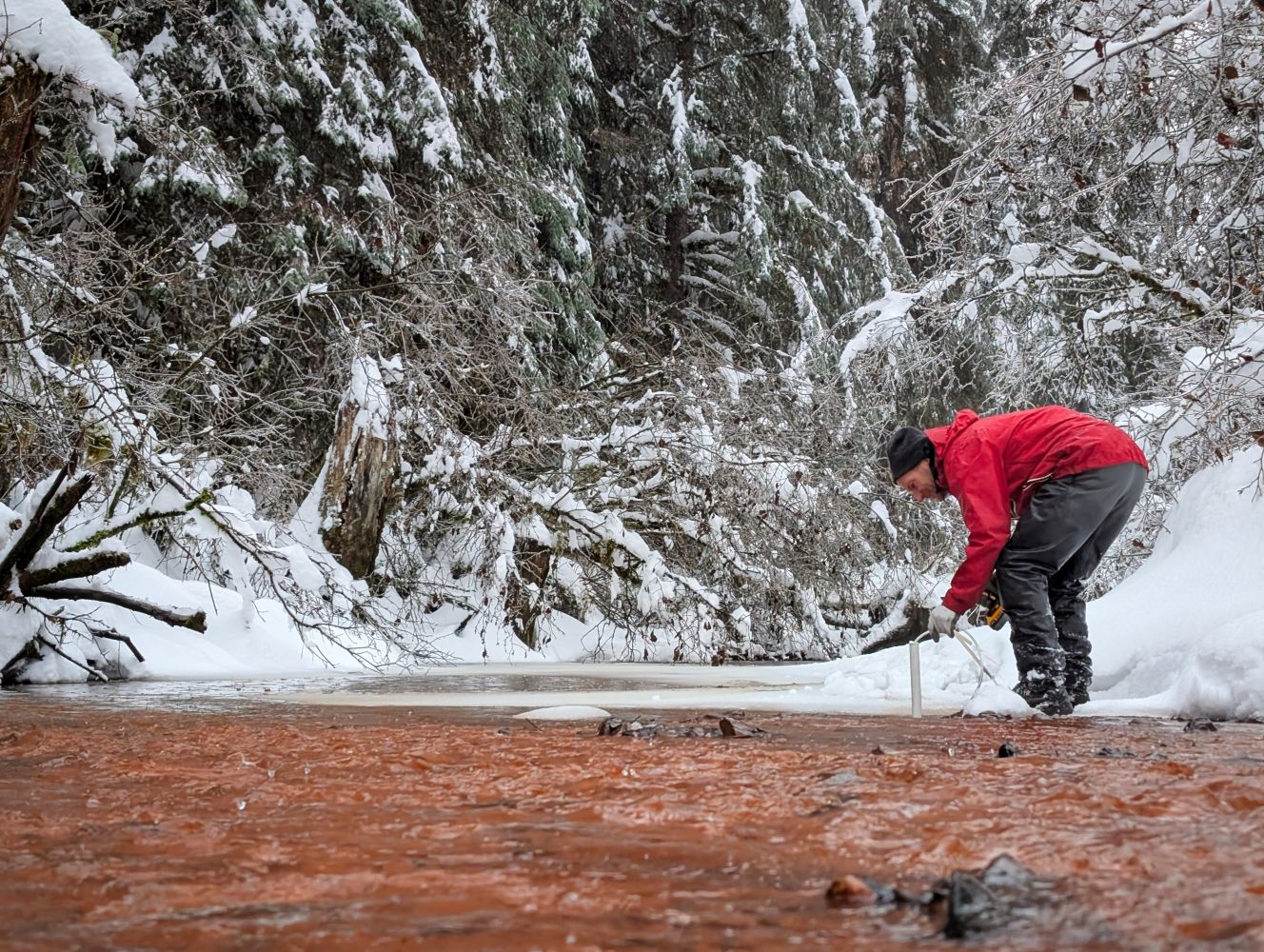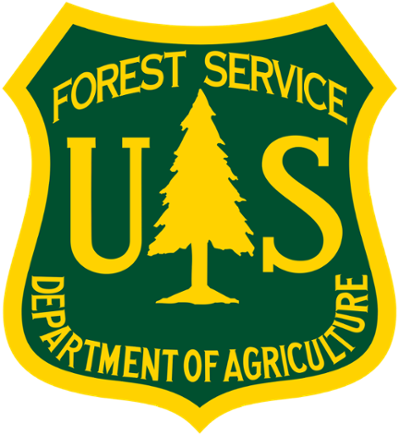Cryptic Carbon Pathways in Freshwater Food Webs

Cryptic Carbon Pathways in Freshwater Food Webs
ACRC researchers and collaborators are investigating the role of “cryptic carbon” - energy produced through chemosynthesis and methane oxidation, in supporting freshwater food webs and salmon in Southeast Alaska’s dynamic river systems.
Traditional stream ecology has focused on carbon produced by photosynthesis (autochthonous) or imported from the surrounding landscape (allochthonous). However, new evidence suggests that chemosynthetic processes, including dark carbon fixation and methane-based energy pathways, may be critical for sustaining stream life, especially during low-light or low-productivity periods. Preliminary findings indicate that these cryptic carbon sources may support juvenile salmon when other food resources are scarce.
This project combines seasonal stable isotope analysis, radiocarbon dating, and measurements of groundwater and surface water exchange to trace the flow of carbon through river ecosystems. Researchers are comparing rates of carbon fixation from photosynthesis, methane oxidation, and dark fixation across different stream environments. These data will be used to build food web models to estimate how cryptic energy stabilizes consumer production and supports salmonid growth.
Understanding these overlooked energy sources will help scientists better predict how river food webs, and the salmon they support, may respond to climate-driven changes in stream hydrology, productivity, and complexity.
Contact
- Jason Fellman, ACRC (jbfellman@alaska.edu, Website)
Project Team
- Amanda DelVecchia, UNC (adelvecc@ad.unc.edu, Website)
- Emily Whitney, ACRC (ejwhitney@alaska.edu, Website)
- Amy Holt, ACRC (adholt2@alaska.edu, Website)
- Ryan Bellmore, USFS (james.r.bellmore@usda.gov)
- Lindsey McCulloch, UAF (lcmcculloch@alaska.edu)





